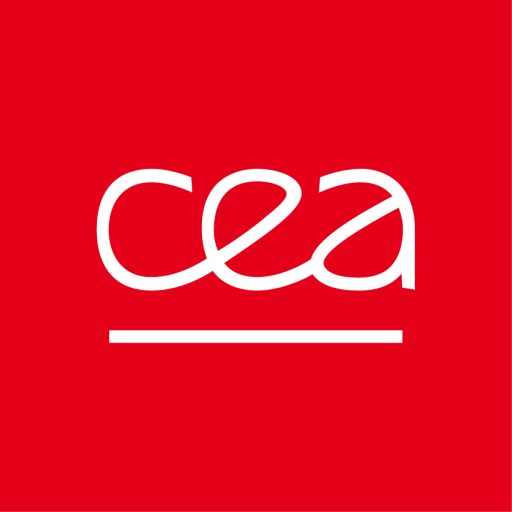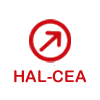Advancements of γ-ray spectroscopy of isotopically identified fission fragments with AGATA and VAMOS++
Résumé
The utilization of nuclear fission as a method to investigate the nuclear structure properties has been widely employed for several decades. This approach offers an effective means of producing neutron-rich exotic nuclei, covering a broad region of the nuclear chart. By studying the properties of fission fragments, a diverse range of phenomena, including shell closure effects, collective excitation, and shape coexistence, can be explored. The γ-ray spectroscopy of fission fragments is a very powerful method to probe the evolution of nuclear structure properties as a function of excitation energy, angular momentum and neutron-proton asymmetry [1-3].
However, the multitude of isotopes produced during the nuclear fission process also presents a significant challenge. Identifying a specific γ-ray transition originating to a particular nucleus among all γ-rays emitted by hundreds of fission fragments produced in a single experiment is a non-trivial task. Typically, two approaches are employed to address this challenge. The first one consists in utilizing a combination of known characteristic γ-rays from the fragment of interest or its complementary partner, along with high-fold γ-ray coincidence techniques [2, 3]. The second approach consists in using an experimental setup capable of detecting and isotopically identifying the fission fragments, thereby overcoming the requirement for knowledge of characteristic γ-rays [4, 5].
During the recent AGATA campaign at GANIL, a rich amount of fission studies experiments have been performed using the combination of the large acceptance VAMOS++ spectrometer and the state of the art γ-ray tracking array AGATA. This presentation aims to provide an overview of these experiments, highlighting selected results such as prompt and delayed γ-ray spectroscopy and short lifetime measurements of excited states.
| Origine | Fichiers produits par l'(les) auteur(s) |
|---|


